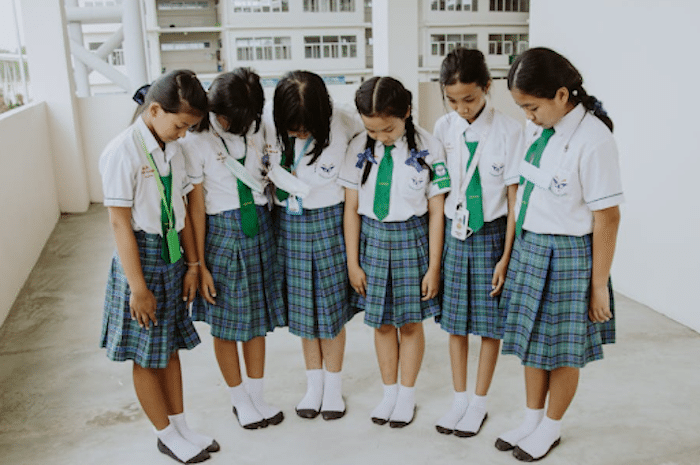International primary schools offer a different approach to education. These schools are designed to cater to the needs of expatriate families, who may be living in a foreign country for a short period. As a result, international primary schools have a diverse student body, with students from all over the world. The curriculum is often designed to reflect this diversity and includes a wide range of subjects and topics that are relevant to a global education.
As globalization continues to shape the world, international primary schools have become increasingly popular among parents seeking a global education for their children. International primary schools in Singapore offer a unique opportunity for children to learn in an international environment, gaining exposure to diverse cultures and perspectives from an early age.
Admissions Requirements for International Primary Schools
When considering an international primary school for your child, it is important to be aware of the admissions requirements that the institution has in place. These requirements vary depending on the school, but there are a few common elements that you can expect to encounter.
- Age Requirements
Most international primary schools have strict age requirements that students must meet to be eligible for admission.
- Language Proficiency Requirements
International schools usually require students to be proficient in the language of instruction, which is typically English. This is because many international schools follow curriculums that are taught in English, and it is essential for students to be able to understand and communicate effectively in the language to succeed academically.
- Academic Performance Requirements
International primary schools typically have high academic standards and expect students to have a strong academic background. In general, schools will require students to provide transcripts or report cards from their previous schools to demonstrate their academic achievements.
Curriculum Options at International Primary Schools
When it comes to choosing a curriculum, parents must consider factors such as the teaching approach, learning outcomes, and the relevance of the curriculum to the child’s future academic and career goals. Here are some of the curriculum options available at international primary schools:
- Experiential Learning
Experiential learning is a holistic approach to education that emphasizes hands-on, practical experiences as a way of fostering deep understanding and meaningful learning. It allows students to explore and discover the world around them, making connections between what they learn in the classroom and the real world.
- Montessori-Style Education
In a Montessori-style classroom, children are given the space and freedom to choose their own activities and work at their own pace. The focus is on individualized learning and personalized instruction, with the teacher acting as a facilitator rather than a traditional lecturer.

- National Curricula Programs
National curricula programs are designed to meet the specific education standards and requirements of a particular country. These programs are typically based on a national framework that specifies the learning objectives, content, and assessment methods for each subject area.
- Traditional Classroom-Based Education
The traditional classroom-based education is a well-established approach to teaching that has been used by international schools for generations. It is a proven method that has been successful in preparing students for higher education and the workforce. This curriculum option typically includes classes in core subjects such as mathematics, science, language arts, social studies, and physical education.


